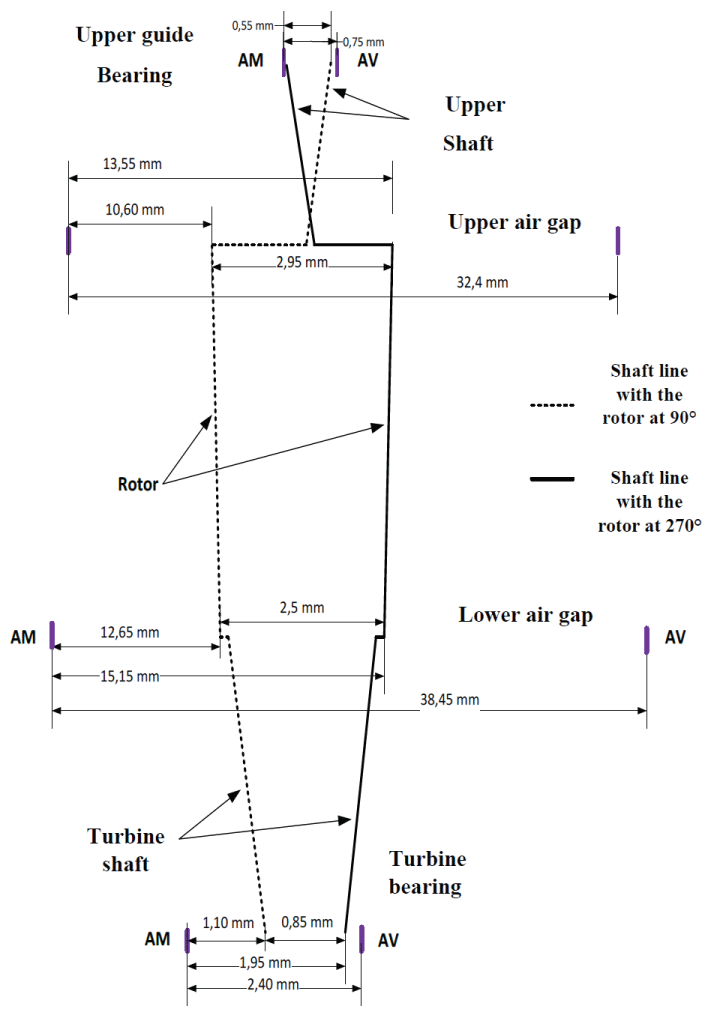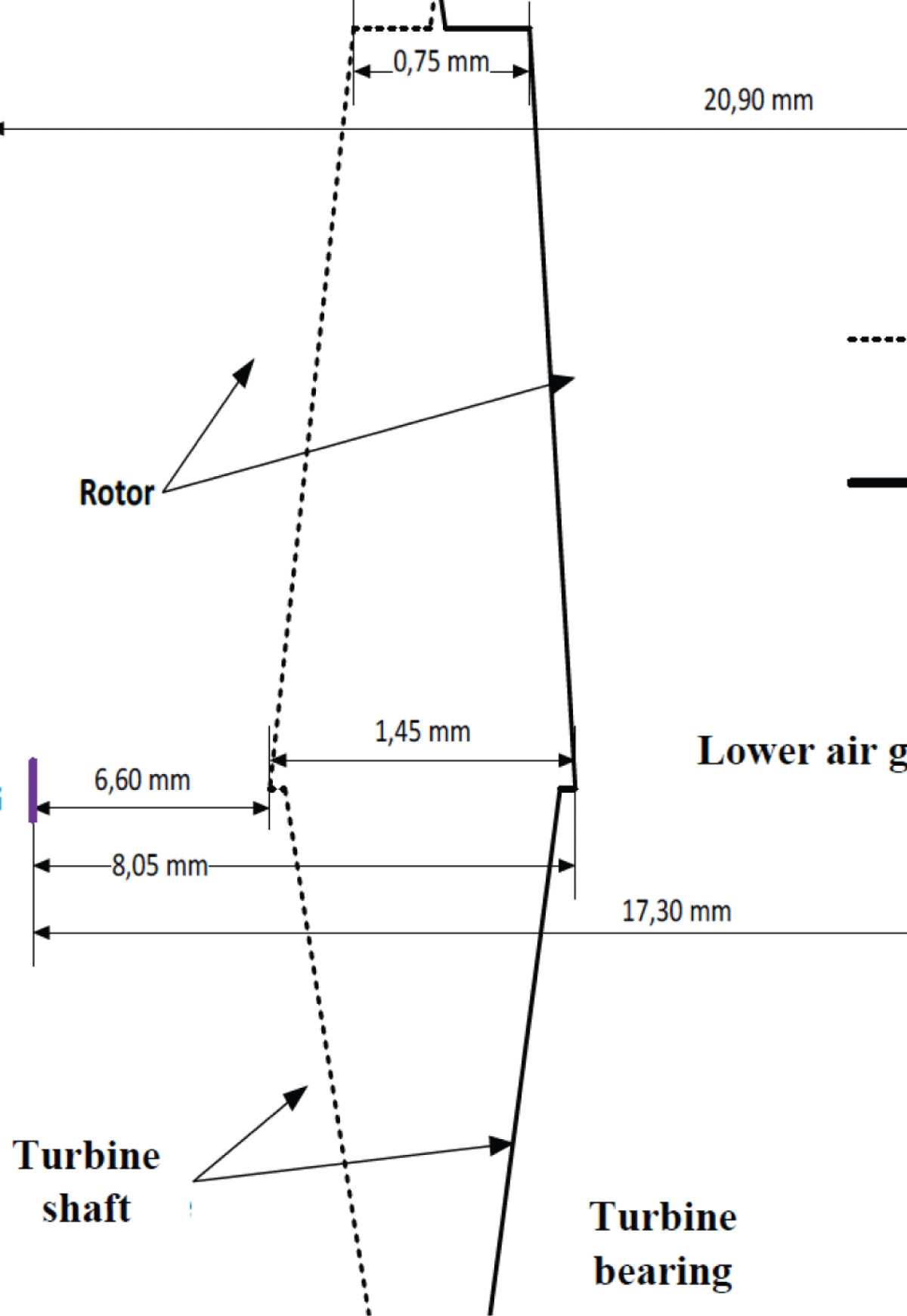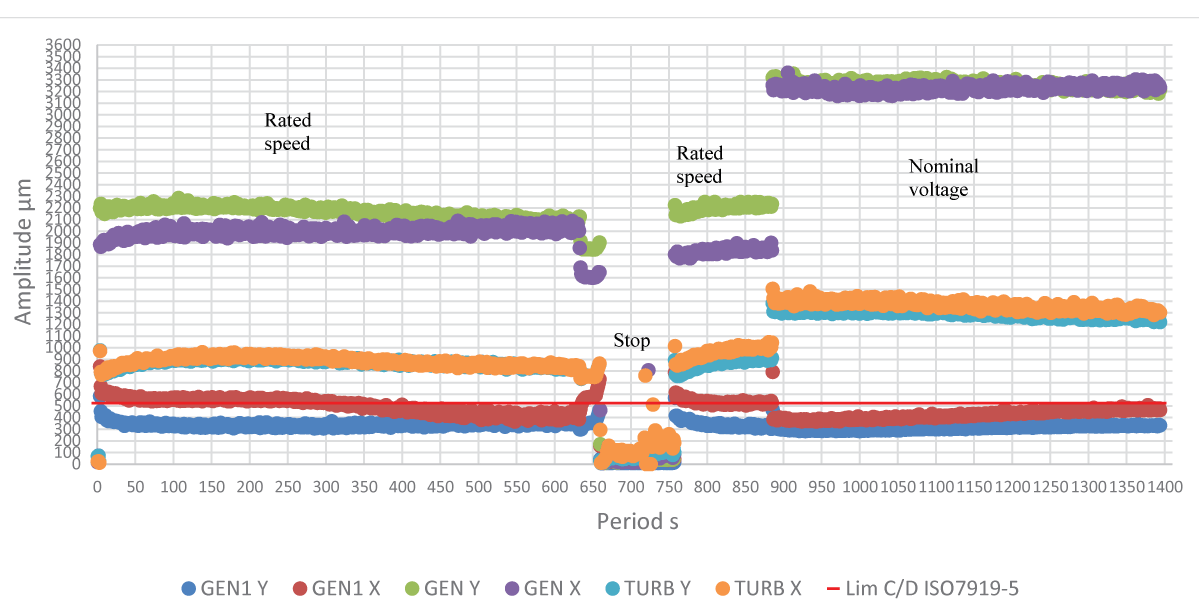Investigation of Lateral Vibrations in Turbine-generator Unit 5 of the Inga 2 Hydroelectric Power Plant
Investigating Lateral Vibrations in Turbine-Generator Unit 5 of the Inga 2 Hydroelectric Power Plant
Hydroelectric power plants are critical to sustainable energy, but their efficiency and reliability can be hindered by mechanical challenges. A recent study examined the lateral vibrations in Turbine-Generator Unit 5 of the Inga 2 Hydroelectric Power Plant, highlighting significant deviations from international vibration standards.
Key Findings
The research utilized 12 proximity and eddy-current probes to measure vibrations across multiple planes of the turbine-generator. The data were analyzed using Dasylab and R software, revealing alarming vibration amplitudes exceeding permissible limits:
- Upper Guide Bearing: Measured deviations of 0.7 ± 0.2 mm, compared to the standard 0.07 mm.
- Pivot/Rotor: Exhibited 2.31 ± 0.72 mm, far surpassing the acceptable limit of 0.07 mm.
- Lower Guide Bearing: Deviations reached 1.1 ± 0.21 mm, indicating potential alignment and structural issues.
Causes of Excessive Vibrations
The study attributed these deviations to multiple factors, including:
- Rotor Mass Imbalances: Misalignment of the rotor shaft relative to the axis of rotation.
- Component Wear: Degradation of bearings, coupling shafts, and seals.
- Hydraulic and Electrical Stresses: During water intake, turbine rotation, and load pickups, stresses exacerbate vibration levels.
Compliance Analysis and Implications
Statistical evaluations confirmed significant discrepancies between measured amplitudes and international vibration standards. This non-compliance highlights critical risks:
- Efficiency Loss: Excessive friction and misalignment reduce energy output.
- Structural Damage: Persistent vibrations accelerate wear on mechanical components.
- Safety Hazards: Increased risks of failures threaten the operational integrity of the turbine.
Recommendations
To restore compliance and operational efficiency, the study suggests:
- Complete Realignment: Addressing shaft misalignment to stabilize the turbine axis.
- Component Upgrades: Replacing degraded bearings and seals.
- Monitoring Systems: Installing advanced sensors for continuous vibration analysis.
For further details, access the full study here or via its DOI link.
Tags:
- Hydroelectric Power
- Vibration Analysis
- Turbine Generator Maintenance
- Inga 2 Power Plant
- Mechanical Engineering

Figure 1: Sensor location on each measurement plane [16].

Figure 2: Shaft lines along the upstream-downstream axis.

Figure 3: Shaft lines along the left bank-right bank axis.

Figure 4: Evolution (cloud) of the overall (peak-to-peak) displacement values for the last two tart-ups (06/07).
